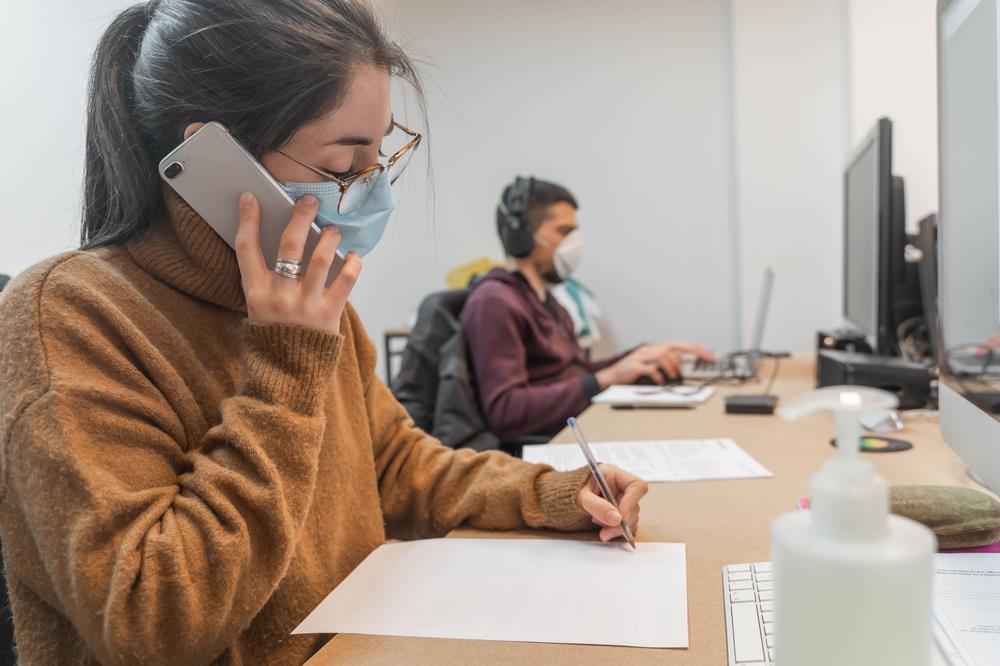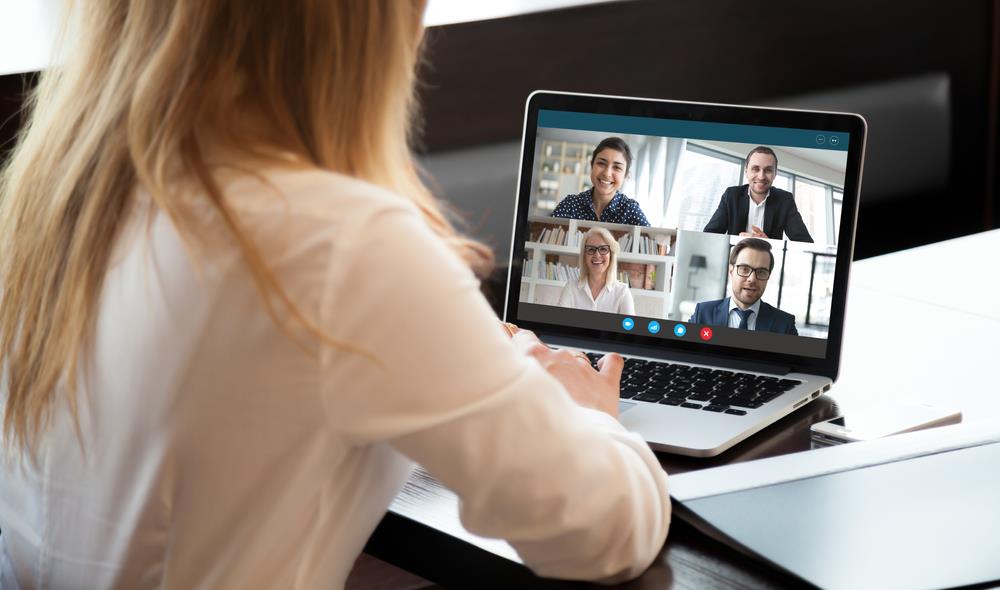
How to Create a Flexible Work Environment for a Safe Return to the Office
The coronavirus pandemic has changed many aspects of the current workplace. Before COVID-19, social distancing wasn’t a topic to consider, nor was disinfecting the workplace regularly. However, as employees and employers plan to return to work, health and safety are going to be a top-of-mind concern.
Creating a safe work environment is crucial to preserve the mental and physical health of employees and customers alike. While this may sound like a daunting task, there are a handful of steps you can take to help employees safely return to work, which involves creating a flexible work environment.
Planning for Employees’ Return
When considering your employees’ return to work, you’ll need to draw up a return-to-work plan that focuses on how to design your post-coronavirus office. In many cases, this involves thinking about how to create a flexible work environment at your organization. Employees may have different concerns and situations to consider when being asked to return to work. As such, employers with a flexible work environment for a post-coronavirus return to work are more likely to have happy and healthy employees.
Creating a Safe Work Environment
Creating a safe work environment should involve making physical changes to the office or workplace. In preparation for employees returning to work, employers should keep the following tips in mind as well as any specific regulations in place for your location:
- Ensuring employees’ workstations are 6 feet or more apart
- Adding walls and barriers in between workstations
- Updating or changing air-filtration systems
- Installing automatic doors or propping doors open
- Installing motion-sensor soap dispensers and sinks in bathrooms
- Providing masks, hand sanitizer, and other cleaning/PPE products
- Staggering employees’ work schedules to reduce the number of employees in the building at one time
- Staggering employees’ meal breaks to avoid gatherings
Promoting a Safe Work Environment
In addition to making updates to the workplace to create a safe work environment, employers should also educate employees to follow certain behaviors, too. Employers should promote the following behaviors to help keep employees safe as they return to work:
- Encouraging frequent hand washing and disinfecting of personal workspaces
- Encouraging social distancing
- Prohibiting in-person meetings if conference rooms are too small to enable social distancing
- Discouraging close person-to-person contact
- Requiring employees to wear masks when indoors
Expanding Telecommuting/Remote Work Options
While the feasibility of remote work varies depending on an employee’s job responsibilities, expanding remote work options during the pandemic can help you create a flexible work environment. In addition, remote work can provide the following benefits:
- Increased retention
- Increased employee attraction
- Decreased opportunity of coronavirus cases spreading
Expanding remote work options reduces employees’ interaction with one another, which, in turn, reduces the risk of spreading COVID-19. In addition, it also allows employees who may be feeling ill to still work without risking infecting their coworkers. As schools and daycares remain closed, your employees may need to work from home to care for their children while still working. Remote work is a way that employees can still work without risking infection and while fulfilling their responsibilities. Again, while this is not an option for every job or company, strongly consider whether your employees could work from home during these unprecedented times.
Ready to Build Your Team? Join Today.

Preparing for Individualized Requests
The COVID-19 pandemic has affected every one of your employees differently. As such, some employees may need more help than others. Consider creating a formal process through which employees can submit individualized requests for more workplace flexibility. Be sure to consult legal counsel to ensure compliance with applicable federal, state, and local laws.
Don’t Downplay the Importance of Safety
As employees return to work, post-coronavirus safety practices will be a top of mind concern. By being proactive and establishing appropriate measures and practices, employers can not only help prevent the spreading of diseases but also put employees at ease since they’ll know necessary steps are being taken to ensure the health and safety of those who will be spending time at the office.





